Table Of Contents
You’ve probably here because you want to start reloading your own ammo, but have no clue how to reload ammo.
You’ve heard that going the DIY route can save you money, help you shoot better, and hey, it’s just plain old fun.
Once you’ve decided to reload your own ammo you will need to get some basic equipment and find a space that gives you room to work and has good lighting. We’ll cover the equipment needed, for a range of budgets.
If you’re still deciding if this is for you or not, we’re going to cover the reasons you should reload your own ammo and the reasons why you may not want to. We’ll figure out if you’ll really save money and be a better shot.
How to Reload Ammo Things to Consider
As you consider reloading your own ammo there are a couple of things to consider. First off, reloading is a safe hobby if you use common sense and take precautions. It could potentially be dangerous if you allow distractions around you.
If you are not they type of person who pays attention to detail, this may not be the best hobby for you.
Top Reasons To Reload Your Own Ammo
IT SAVES MONEY
 This seems to be the first question everyone asks when it comes to reloading ammo: Does it save money?
This seems to be the first question everyone asks when it comes to reloading ammo: Does it save money?
The potential to save money while reloading your own ammo comes a few ways.
First off, the brass casing is the most expensive part of the ammo. When you reload your own you can reuse the brass five, ten, or sometimes even more (depending on the caliber) times. You don’t have to buy a brand new brass case for each shot. That’s potentially a huge savings right there.
You will also need to factor in your time. Time is money. You are doing the work yourself and not paying the manufacturer to do it for you.
How much will you save?
Well, it depends on the caliber you are reloading. If you are reloading large caliber or unusual rifle cartridges, you can save a significant amount of money. If you are reloading common handgun ammo, like 9mm, you will only save around 10-20% and you still have to factor in your time.
The short answer to the question of saving money is yes, you will save money per round. The more complex answer to the question of saving money is, you will shoot twice as much as before, and end up spending about the same amount.
I don’t think this is a bad thing at all…
Remember to also take into consideration that you will have some up front costs because you will need to purchase equipment. We’ll get into that later.
CUSTOM LOADS AND MAXIMUM ACCURACY
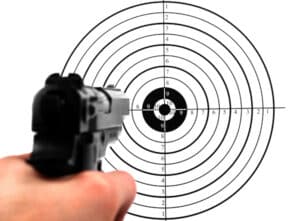
Getting more accuracy out of your rounds is accomplished in a couple different ways.
How the barrel of your gun whips, torques, and contorts when you shoot is barrel harmonics. You want the barrel to move as little as possible while shooting. Adding to or reducing the amount of gunpowder to your loads, adjusts the speed of the bullet as it goes through your barrel.
You can extend the length of your round by seating your bullet further out of the brass casing. This will reduce the amount of force needed for the bullet to leave the casing.
Especially with rifle reloads, you can tweak your loads until you find the perfect combination of bullet, powder, primer, and charge that makes your rifle perform at it’s best. Factory ammo is made to function in all rifles of a given caliber, not just yours.
As mentioned above, reloading allows you to make custom loads for your guns. Some people like to load some practice or training rounds that are on the lighter side of velocity. This helps reduce recoil, allowing you to focus on technique.
This is also a good way to introduce new shooters to guns. Having a large amount of recoil can scare some people, so make some light loads for your newbie friends.
CONSTANT SUPPLY
Once you build up your inventory, you will have a constant supply of ammo. You will no longer be at the mercy of your local gun shop’s supply of ammo.
Have you ever noticed every time some politician brings up gun restrictions, everyone runs to the gun shop and buys out all the ammo. Consider places that want to put an outrageous tax on ammo, or are making online ammo sales illegal. By reloading yourself, you can avoid price gouging, shortages and hoarding.
IT’S FUN!
Like we mentioned above, it’s just plain old fun. Who doesn’t want to upgrade their gun? Wringing out the last bit of accuracy, by customizing your loads is a great way to do this.
Any DIYer will enjoy spending time making their own ammo, tinkering around with the equipment, and enjoying the feeling of being self sufficient.
How Do You Reload Ammo?
Now that we talked about how many advantages there are to reloading your own ammo, let’s get on with how to reload your own ammo.
This is an overview of reloading ammo. These are the possible steps to reloading your ammo. Your caliber may require all these steps or only a few. It’s always best to follow manufacturers reloading instructions before attempting to reload.
PARTS OF THE CARTRIDGE
Sometimes you’ll hear people, on the range, ask for more bullets. Usually, these people are not aware that they are asking for only part of what they need.
Cartridges are what goes into the chamber of a gun and a bullet is what comes out the muzzle. The bullet is only one part of the cartridge.
The ammo used for handguns and rifles is called a cartridge. There are two types of cartridges today, rimfire and centerfire.
The rimfire cartridge gets it’s name from the primer being in the rim. Rimfire cartridges can not be reloaded. The most popular rimfire ammo today is for the .22 long rifle.
The centerfire cartridge is the most common type of cartridge today. It gets it’s name from the primer being in the center of the ammunition. Centerfire cartridges can be reloaded.
Both cartridges, rimfire and centerfire have four main parts:
- Case: The case, or casing, holds the primer, powder, and bullet
- Primer: The primer explodes when struck by the firing pin, igniting the powder
- Powder: The powder burns, creating gas, that pushes the bullet out the muzzle
- Bullet: The bullet is what hits the target
The reloading process puts all these parts together.
CASE PREP
First you will want to take some time to inspect each case. Be sure to inspect them closely, looking for dents, cracks, or corrosion. Anything that compromises the case could cause pressure problems in the chamber of the firearm.
After inspection, it’s time to clean them up until they’re real shiny. Residue, from firing, collects on the outside of the case. There are a few methods for cleaning the casings, and they are relatively simple.
The most common way of cleaning a large batch of casings is to use a case tumbler. Tumblers work well and are not complicated. After returning from the range, you’ll dump your casings into the tumbler that has some sort of medium.
What is the Best Reloading Ammo Tumbler Medium?
Ground up walnut shells and rice are the most popular choices. Dump some polish in and let her tumble for a while.
This can be loud and may have a potential lead contamination risk, so it is best to do this in your garage.
You can also clean your casings chemically. You have all your casings in a mesh bag and dump it into a chemical case cleaner, like Losso Case Cleaner.
Allow the cases to soak for a bit then rinse with hot water. Air dry. Squeaky clean.
Then, there’s also good old fashioned hand cleaning. If you choose to clean your cases by hand, you can inspect and clean at the same time. Here’s a quick video showing you how to clean by hand.
After cleaning you will need to resize the casings. Every time a round is fired, the brass expands and contracts, altering its shape. The case needs to be as close to its original specifications as possible.
To get it back to its original specifications, a sizing die needs to be used in conjunction with a loading press. One of the most popular reloading presses is the RCBS Rock Chucker Supreme.
This kit contains virtually everything you will need for precision reloading. The RCBS Rock Chucker Supreme also forces out the old primer as it resizes. If you want, you can pop out the old primer prior to cleaning.
After resizing you will need to measure the case, with calipers, to see if it’s the proper length. If it’s too long you will want to trim it down with a trimmer.
After any trimming, you will finally be at the final prep stage. You will need to deburr the case mouth and flash hole, clean the primer pocket, and chamfer the neck. Chamfering and deburring cause a gentle slant that makes it easier to seat the bullet.
PRIMING
After prepping the case you are ready to seat the primer. Be careful not to contaminate the primer with any oils or liquids.
If you have the RCBS Rock Chucker Supreme you can get an auto priming system. If not, you can use one of RCBS’ hand priming tools.
The goal is to make sure the primer is seated into the primer pocket at the correct depth, which is flush with the case head.
ADDING GUNPOWDER
Loading the powder tops the list of important things to get right while reloading ammo. How do you know how much ammo to add? You need to read a manual, like the Lyman Reloading Handbook.
There are many ways to drop the powder into the prepped, primed case. The most popular choices are stand alone powder measures, like this one.
Or your RCBS Rock Chucker Supreme will come with one.
BULLET SEATING
You’re almost done! The last step is to add the bullet and press it into the case. Using a seating die, which comes in your die set, ensures the bullet is seated at the proper depth. Your reloading guide will give you the correct measurements for your cartridge.
There you have it! Your own reloaded cartridge.
I told you it was a fun. 🙂
Now, let’s look at some equipment choices.
Types of Reloading Presses
There are simple single stage presses that take one die at a time and there are huge progressive presses that can push out 1000 rounds an hour. With everything in between.
| Product Name | Where to Buy | |
|---|---|---|
 | Lee Precision Breech Lock Challenger Kit | |
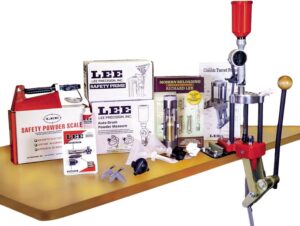 | Lee Precision Classic Turret Press Kit | |
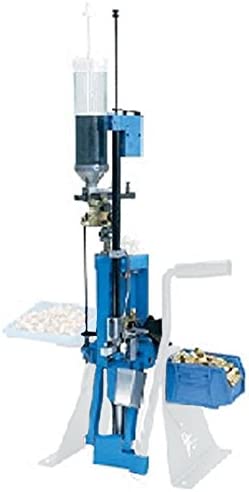 | Dillon Precision RL550C 4 Stage Progressive Reloading Ammo Machine |
SINGLE STAGE PRESS
Since there’s only room for one die at a time, it’s called a single stage press.
Lee Precision Breech Lock Challenger Kit (Red)
The Lee Breech Lock Challenger Kit comes with almost everything you need to get started. It’s really affordable so this is a good kit to purchase if you want to try reloading but aren’t quite sure if it’s for you.
TURRET PRESS
A turret press allows the use of more dies that can be rotated over the casings. This will save you a lot of time since you don’t have to switch out dies every time you move on to the different stages of reloading.
LEE PRECISION Classic Turret Press Kit
The Lee Turret Press Kit is everything you need to begin reloading. It’s fast and convenient when loading cartridges.
PROGRESSIVE PRESS
The progressive press has multiple die stations on top and several places to put to put the cases. With this setup, every time you pull the press you are performing up to four different actions.
Dillon Precision RL550C 4 Stage Progressive Reloading Ammo Machine
The Dillon 550B Progressive Press is a great press if you know you’re going to be reloading quite a bit, or if you are ready to upgrade from a single stage press or a turret press.
Still not sure what to look for? Check out this comprehensive guide to buying a reloading press. We’ve looked at literally ever leading reloading press on the market today, and selected the best and most affordable.
How To Reload Ammo – Conclusion
Reloading isn’t difficult. Anyone can join in on this great hobby.
With some gear and extra time, you can keep yourself well-supplied with ammo, while saving time and money along the way.
Happy loading!
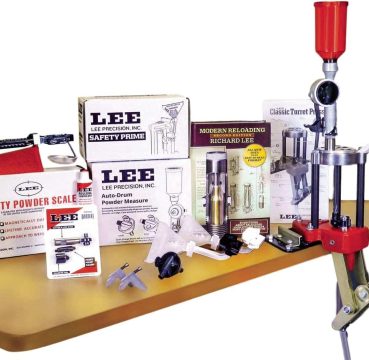



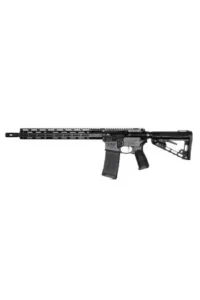
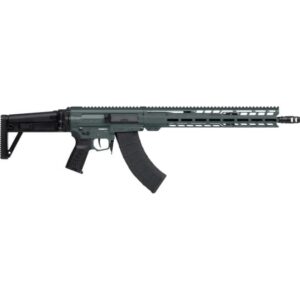
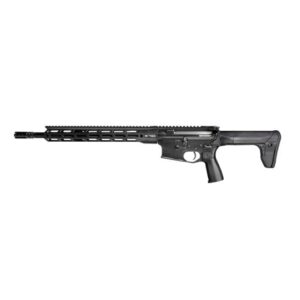
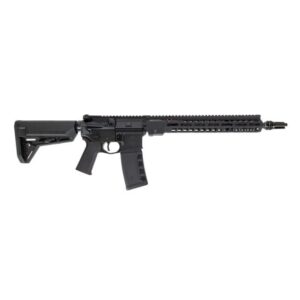






2 Responses
Please give all info on 12ga reloading with detail on 00 buckshot
What are your thoughts on crimping, advantages, disadvantages?